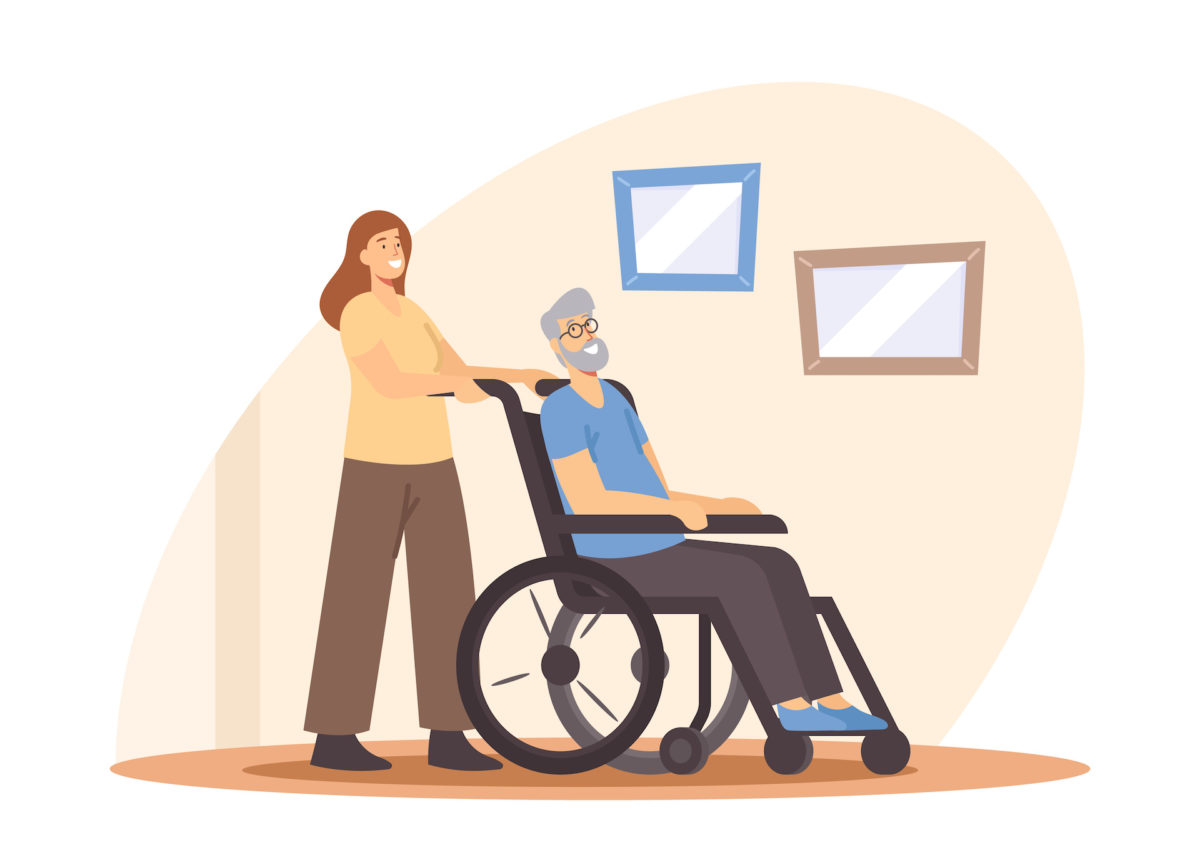Nursing homes mainly have two sides: acute care and long-term care. Either of these decisions will require an adjustment period for you and your loved one. Any monumental change can cause mental stress on any person. When you completely uproot a person from their “normal” life and put them in a different setting, you should expect a mental shift. Think about if you were to move states right now, there would be an adjustment period. So why do we not expect that to happen when we put a loved one in a nursing home?
Depression is common in a lot of people who are needing rehabilitation. I mean if a week ago you could walk and were independent, and now you don’t have that freedom anymore you would also need an adjustment period. One goal of SNFs is to get your loved one back to or close to their independence level before they came in. Nursing Homes don’t cause depression themselves, it’s the isolation and life change that puts them in a depressive state.
One thing that nursing homes help with, besides rehabilitation and nursing care, is isolation. In a nursing home you are surrounded by people. Daily activities help encourage residents to get out of their rooms and socialize. Nowadays most SNFs offer more than just Bingo and coloring books. Therefore, it is important when you are looking for a Nursing Facility to look for a “lively” building. Looking for a variety of activities and seeing if people participate in them. Believe it or not, residents love to talk. Ask some of the residents when touring what they think of the building.
While we can’t personally do this next tip to help combat depression, we highly recommend it. Visiting. Your family members want to see you! They want to see their friends and loved ones. Humans are social creatures and you are the only sense of normalcy at this point in time. If you’re long distance set up FaceTime’s or phone calls, or even send them snail mail.
Depression is hard to deal with. You don’t have energy to do anything that you once loved to do. People around you think you’re just sad 24/7 when you actually feel nothing. Loved ones try to make you feel better by doing things, when in reality you don’t want to do anything. No one thing is going to “fix” you in that moment, but everyone is trying to do anything to make you happy. While we know that happiness isn’t a constant state of emotion, we also need to know that sadness isn’t either. This too will pass, but it is going to take patience and encouragement.




